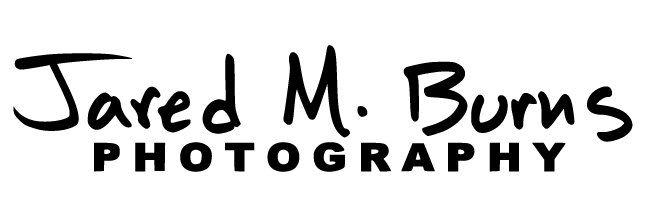Taking out the garbage is an easy enough task, so why does this chore sneak up on us sometimes? We absentmindedly slip into our daily routines, attack the issues that seem urgent, and intend to address the important things tomorrow...and this is where the cycle begins. The psychological garbage builds up and soon everyone notices it but you.
Psychological garbage is comprised of things you neglect to do that when ignored, make your business stink and creates barriers to client relationships. You already do your home chores and office chores, but maybe it is time to add some psychological chores to your list.
1. Trash the "Business Card Barriers"
Is your business card still relevant to your current branding? Does the person in the photo look like you? One in four people I network with has a business card barrier. Are you certain the phone number, address, email, and website are perfectly correct?
Recently, one woman asked me to follow up with her but neglected to put her phone number on the card. When I reached out by email, it bounced. I checked her website for other channels of communication, but her website wasn't just unreachable, it had expired so long ago the domain was up for sale.
Check over every detail on your card regularly before continuing to hand out business cards like candy.
2. Trash the "Social Media Barriers"
Imagine a time you wanted to learn more about an organization on social media, but you couldn't quite tell if they were still in business, what they were all about, or how to contact them. To avoid this barrier, your social media business profile, at a minimum, must answer the 6 most important questions...Who, What, Why, When, Where, and How.
3. Trash the "Delay Barriers"
How frustrating is it when you call a business and don't hear back for days, weeks, or ever? Do you ever do this to your clients? You can't always answer the phone immediately, however, you can make it part of your office culture to follow up with voicemails within 6 hours, 12 hours, or at least within 24 hours.
4. Trash the "Wordiness Barrier"
It seems the medical, legal, engineering, manufacturing, and software development type companies are the most likely to get sucked into lengthy written descriptions when a poignant photograph could demonstrate all the concepts and more in seconds. (See, wasn’t that run on sentence exhausting?) People will not take the time to read novels on your website but will be drawn in by images and supporting words that sell the experience.
Reduce the long, wordy paragraphs on your website and replace them with images wherever possible.
5. Trash the "Location Barrier"
When a business fails to tell the public where they are located or what region they operate in, they have created a location barrier. Most people want to deal locally. You might be missing business regularly if people are not sure you operate in their area. Now, you might say, "But, Jared, I don't what to close myself off to jobs elsewhere." Listing a location does not prohibit travel. The fact is that the majority of your business already comes from your local area, right? Don't close yourself off to your largest potential customer base. If you want to travel, simply say, "Available for travel."
Your location or region should be listed on your business card, website, email signature, social media profiles, and supporting marketing materials.
6. Trash the "Greeting Barrier"
How many businesses have you called today? How many had an employee that answered the phone with a less than enthusiastic, "hello..."?
Changing the way you answer the phone takes you from average to remarkable with only two seconds of effort. One of the reoccurring comments we hear from our clients is, "Wow, nobody answers the phone that way any anymore!" What's our secret? We start with a friendly greeting. We state our business name so they know they reached the right place. We let them know who they are speaking with specifically. We ask what we can do to help.
7. Trash the "Photo Barriers"
There are far too many businesses out there, both large and small, that throw a few amateur snapshots up and call it good.
Be intentional: A favorite example I see often is the consultant or motivational speaker claiming they have the "secret that will change your life or bring success to business," but can't seem to afford half-way decent photos of themselves or what they do. If they are as good as they claim, shouldn't their media support that?
Be authentic: There is a medical office in the Seattle area that has images of Chicago all over their website. My first thought when I land on their web page is, "Whoops, wrong company!" I also know of a local family veterinarian with images of chiseled male models pretending to be vets. My first thought, “Are they trying to attract women or care for pets?”
Be relevant: There is a residential carpet cleaner that features imagery of an enthusiastic technician on the 38th floor of metropolitan, office high-rise. My first thought…”They probably aren’t interested cleaning the carpets in my little home.”
Make sure your branding and photography is relevant to your region, company culture, and exactly matched to what your ideal client would want or expect to see when they land on your website or browse your materials.
Most clients today will research you online before they make the decision to contact or buy. When they land on your web site they should see a business that presents themselves as confident, shows you have what your they need, and demonstrates you are intentional and dependable in the services you provide.
So don't let your business stink...
Everyone else around you excels at being average. The simple task of removing the psychological garbage sets you up to outshine your competition. Market distinction comes from being better, eliminating the barriers, having more integrity, and being known as people can count on. While all your competitors are slipping into bad habits, you can be mindful of your psychological chores and immediately set yourself apart from everyone around you.
-JMB














